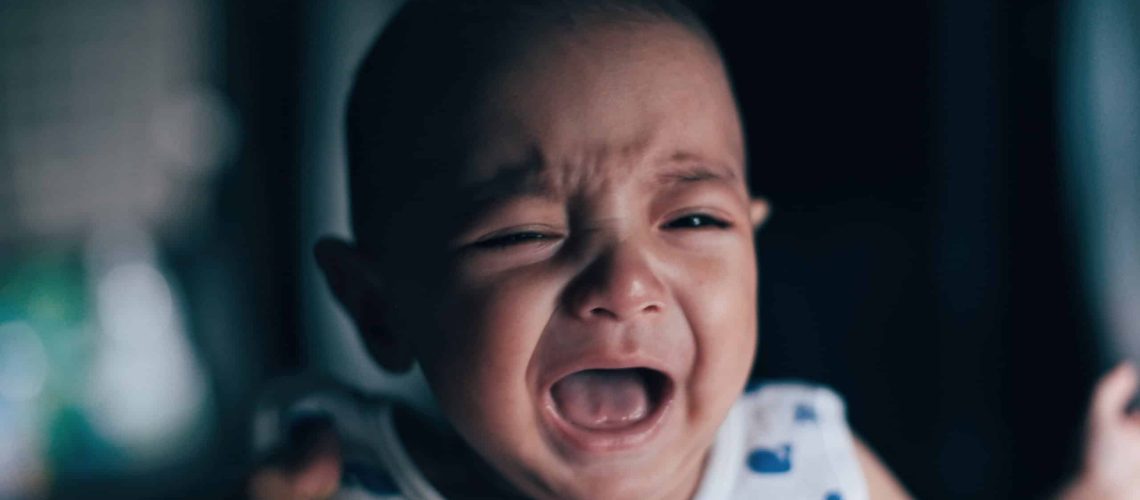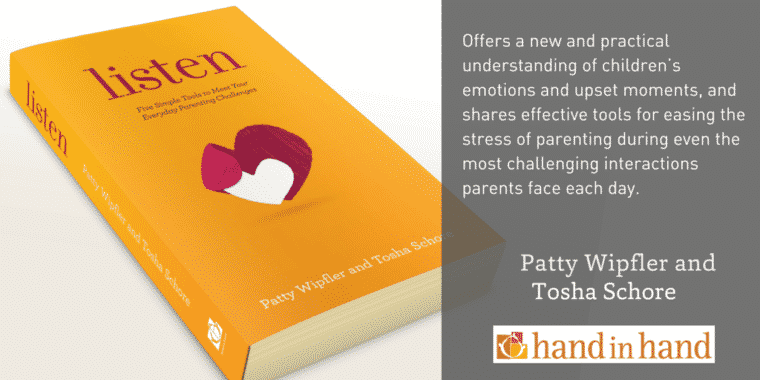When young and old babies cry it can trigger or activate our own emotional learning experiences from childhood. We feel a deep desire to know what is causing them distress and how to help. Children cry for lots of reasons, but some are particular to their stage of learning at a certain point. Here is a guide to crying from newborn to late toddlerhood.
Newborn Cries
A new baby cries with frequency and volume. Sometimes it may take 2 weeks to hear the powerful newborn cry. Every parent knows the pull of an infant’s cry. This cry, mouth open and body trembling, necessarily gets the attention of others. Newborns will often cry in the late afternoon or early evening. Some people call this stress crying. This cry calls on parents to be near, while baby releases the energy of the day within and without. This is not a fixing time, but a listen to me time. Mothers and fathers around the world feel the intensity of this newborn upset. It’s the great equalizer among us. The new baby experience is the same the world over. Every newborn needs their grown-up.
Infant Cries
An infant cries too. In fact, infants 4 to 12 months, cry to a surprising degree. They may cry as they learn to sleep, cry from separation anxiety, cry because they’re teething, and cry because you’ve made a decision different from theirs. This is how infants are communicating and growing into both autonomy and family. There is probably more waiting for this young baby too. Often the first 12 weeks, parents attend to their newborn with immediacy, building that essential basic trust that you are there for him/her. But, as an infant grows, a parent will sense that a lag in time between what baby wants or needs is appropriate and sometimes possible. Every infant is learning to wait a bit. And every infant needs to know that their grown-up goes away and comes back.
Toddler Cries
A young toddler cries often as well. Now the cry may be bigger and bolder and demanding. This young tot may be a world explorer, but within the context of needing their mother/father to keep them safe every second, maintain a daily schedule, and be captain of their ship. Young tots have just experienced the most profound and condensed growth spurt of their life. Just yesterday they were newborns. They might be walking, saying words, understanding lots of words and eating almost everything. They are social scientists. They try over and over again what their grown-ups have clearly steered them away from. The young tot is seeking nurturing and predictable care albeit sometimes with great protest.
Older Toddlers
The older toddler looks and feels more childlike. Their cries can be so mad, so upset and even take their breath away. Some toddlers tantrum, or sustain cries for a longer duration. Their cries may be more physical and include anger in their hands, feet and jaws.
This child is still a baby, continuing to learn about themselves and others. They are learning even more about waiting, staying close, and the art of compromise and choice. Your child may have exceptional expressive language skills, but they are still babies, with bigger bodies, faster feet, and lots of ideas. A choice – “you want this hand or this hand” – can make all the difference, or perhaps, set a limit – “You can bite the biting ring, but not Mommy.”
Crying toddlers are seeking the choice, the plan, reflection, and calming adults.
And it Doesn't Stop…
The fact is, we all cry, if we’ve learned that it’s ok to share deeply. Feelings of grief, sadness, anger or frustration can bring tearful moments. The very young are learning to share their emotional story. But, they are also learning who will hear them when their story is being told through tears.
At this young age crying means: Who will listen to my sad/mad/mixed up/too hungry/feeling alone or growing bigger story?
Little children cry because they want, and they don’t want. They cry because they are worried, or unclear. They cry because they are learning to sleep, grasp a toy, sit, crawl, walk, and wait. They cry when they are hungry, too tired, too stimulated, and not feeling well.
Growth spurts can bring a kind of emotional vertigo or unbalanced nervous system. The first three months, and then the next several years are punctuated with extraordinary growth cognitively, physically, socially and emotionally. A baby grows in every way, every day! Some days will be tearier and some will be less.
Every baby and toddler is learning who will listen to me, and at the same time learning to listen to others.
-Carol Castanon, Executive Director of the Nan Tolbert Nurturing Center
Ages and Stages of Crying Reminder
Remembering what children experience as they reach each stage can define why they are crying and how you can respond.
- A crying newborn is learning the basic trust of a present and predictable loving adult.
- A crying infant is learning that loving adults keep them safe and always come back.
- A crying young toddler is learning that loving adults protectively discipline and guide them.
- A crying older toddler is learning to navigate their inner world with the demands of the universe.
From the Hand in Hand Toolbox
- Get a new way to respond to unexplained crying in Unexplained Crying May Come from an Emotional Need
- Download our booklet on crying and this free download on Tantrums
- Read a chapter of our book Listen: Five Tools to Meet Your Everyday Parenting Challenges
Save

